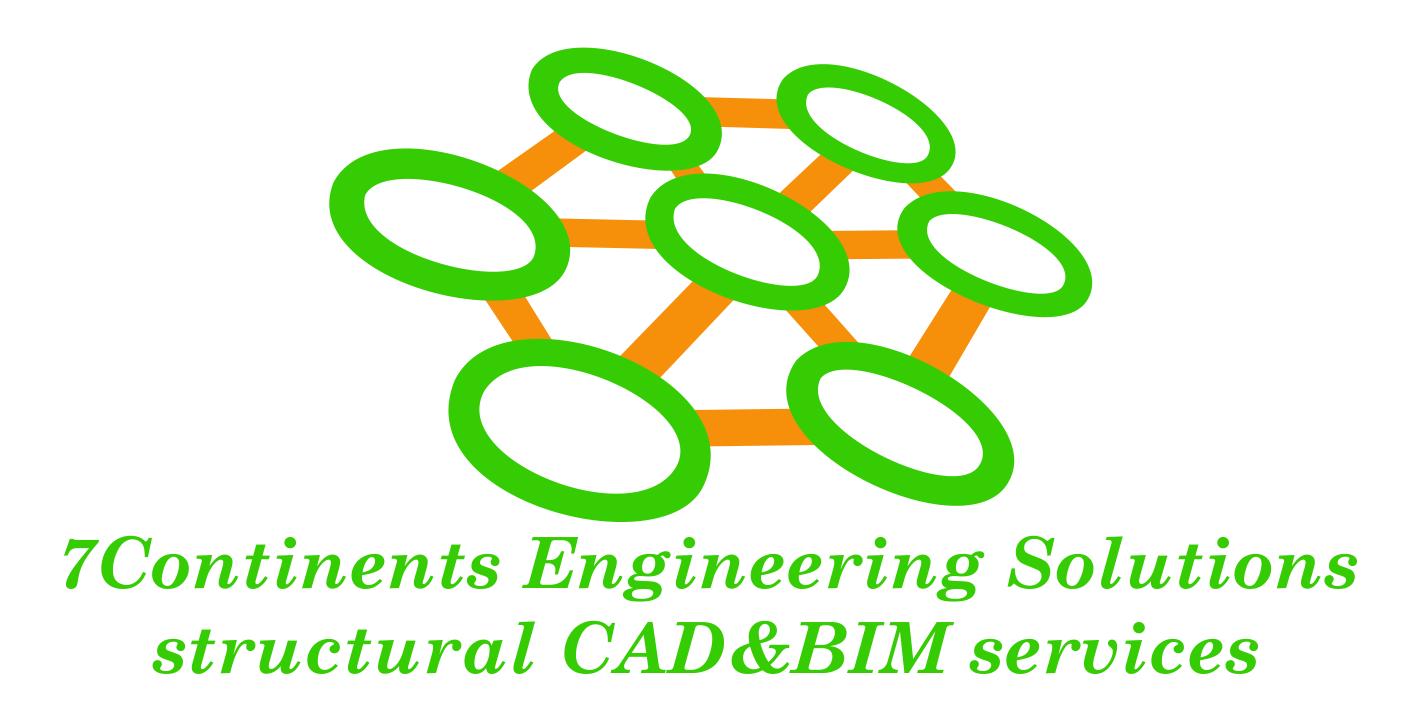In the ever-changing construction field, keeping up with the latest trends and technologies is essential. This essay delves into the ever-changing world of construction documentation and the developing trends redefining the industry. From the digital transformation of paper-based documents to the need for tailored construction documentation services, we’ll uncover the key developments driving efficiency and precision in construction projects.
Understanding the Significance of Construction Documentation
Before we delve into the trends, it’s critical to grasp the importance of construction documentation. These documents form the foundation of any construction project, acting as precise roadmaps for design, planning, and implementation. Construction documentation includes architectural designs, technical specifications, and other vital information that ensures projects run successfully and according to schedule
1. The Rise of CAD Conversion Services
One prominent trend in constructing documentation is the increasing reliance on CAD (Computer-Aided Design) conversion services. Converting traditional hand-drawn plans and sketches into computerized CAD or 3D files is part of this process. The benefits of this transition are noteworthy:
- Precision: CAD conversion guarantees that designs are to scale, which reduces errors during construction.
- Efficiency: Digital papers are easier to maintain, change, and disseminate among project stakeholders.
- Security: Digitally stored data is more secure and less subject to damage or loss.
2. Paper to CAD Conversion
The days of dealing with stacks of paper documents are waning. Conversion services, which convert paper-based documentation into digital CAD files, are becoming increasingly popular among construction experts. This modification improves accessibility and editability.
3. Image to CAD and PDF to CAD
In addition to paper documents, PDFs and photos are being converted into CAD files. This simplifies the documentation process and allows for easy connection with design and construction tools.
4. Scan to CAD
Advances in scanning technology now allow for the conversion of scanned documents into CAD forms. This not only saves time but also preserves and makes efficient use of historical or legacy documents.
5. Client-Specific Illustrations
Recognizing the varying nature of construction projects, service providers now supply client-specific designs. These designs are customized to match the individual requirements of each project, ensuring that every detail is precisely depicted.
6. Comprehensive Drafting
Aside from basic architectural plans, full drafting services include structural plans, elevations, sections, key plans, general comments, project standards, site layouts, and as-built drawings. This comprehensive strategy improves project clarity and execution.
7. Uncompromising Quality and On-Time Delivery
In a competitive industry, quality and timeliness are non-negotiable. Service providers such as 7Continents Engineering Solutions (7CES) recognize the need to provide construction documentation services that match the highest requirements. With a commitment to excellence, 7CES provides CAD conversion and documentation services that are both timely and of unparalleled quality.
Conclusion
The construction industry is in the midst of a transformation, with technology playing a critical role in influencing the future of documentation. Embracing these developments, such as CAD conversion, digitization, and customized services, can considerably improve the outcomes of building projects.
Construction professionals may ensure that their projects are handled swiftly and accurately by leveraging technology and prioritizing quality.

